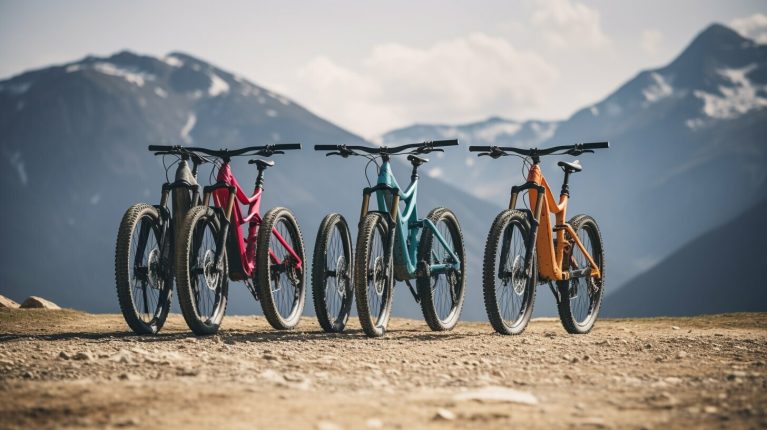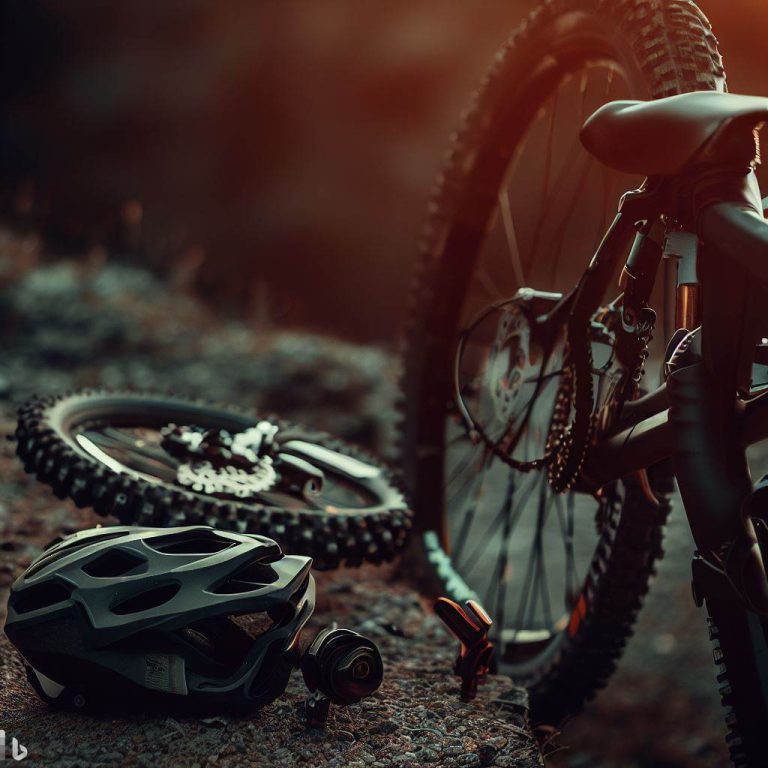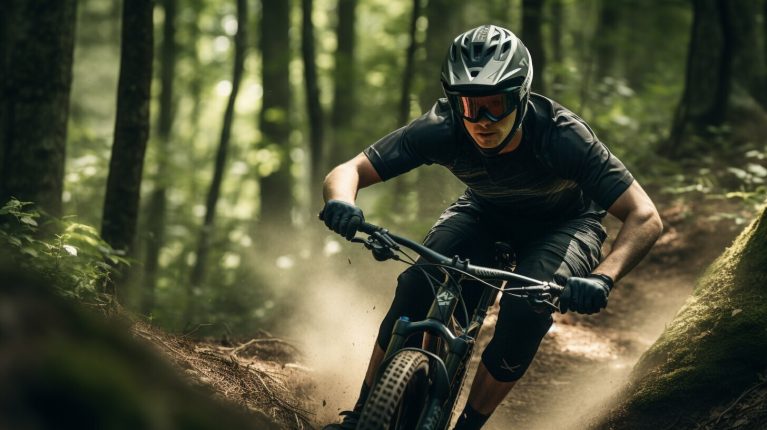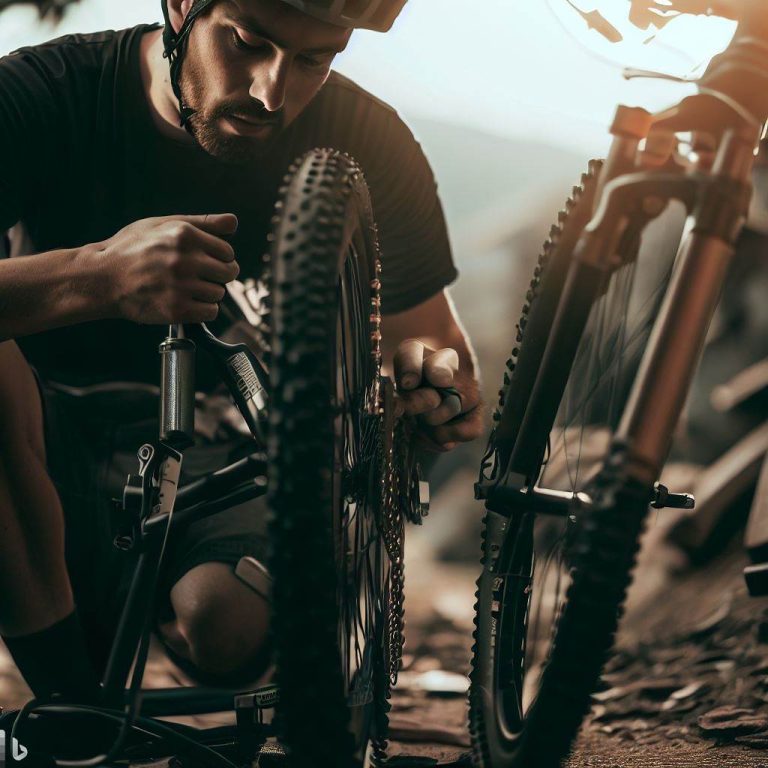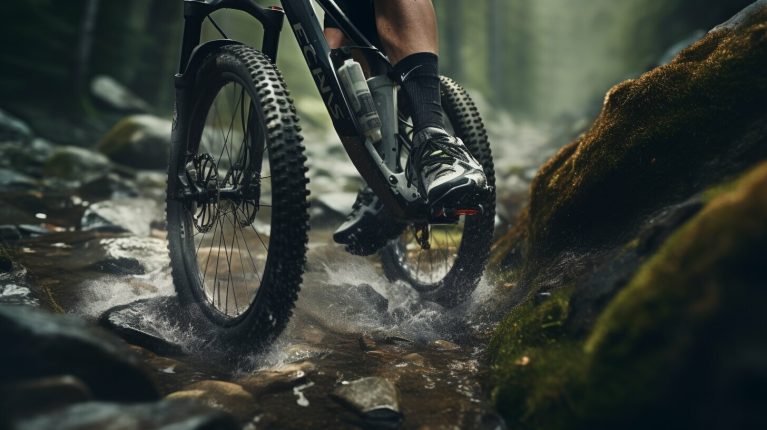Mountain Bike Safety: A Comprehensive Guide
Mountain biking is an exhilarating sport, offering riders the chance to connect with nature, challenge their physical limits, and explore new terrains. However, like any outdoor activity, it comes with its share of risks. Ensuring your safety on the trails is paramount, and it starts with understanding the basics of mountain bike safety.
Understanding Your Bike
Before hitting the trails, it’s essential to understand your bike’s capabilities and limitations. Whether you’re riding a full-suspension bike or a front-suspension bike, knowing how your bike responds to different terrains and conditions will help you navigate safely.
Full-Suspension Bikes
Full-suspension bikes are designed for rough terrains. They have shock absorbers on both the front and rear wheels, which provide a smoother ride over rocky trails. However, they require more maintenance and can be more expensive than their hardtail counterparts.
Front-Suspension Bikes
Also known as hardtails, front-suspension bikes only have a shock absorber in the front. They are lighter and easier to maintain, making them a popular choice for beginners and cross-country riders. However, they might not provide the same level of comfort on very rough terrains as a full-suspension bike.
The Importance of Safety Gear
No matter how experienced you are, wearing the right safety gear is non-negotiable. A helmet is a must-have for every ride, and additional protection like gloves, knee and elbow pads, and body armour can significantly reduce the risk of injury in case of a fall.
Bike Maintenance
Regular bike maintenance is crucial for safe riding. This includes checking your bike’s tire pressure, brakes, and suspension system before every ride, and regularly servicing your bike to ensure all parts are in good working condition.
Riding Techniques
Proper riding techniques can make a significant difference in your safety on the trails. This includes learning how to position your body during climbs and descents, how to navigate corners, and how to handle obstacles on the trail.
Mountain Bike Safety: Mastering the Trails
In the first part of our comprehensive guide on mountain bike safety, we discussed the importance of understanding your bike, wearing the right safety gear, maintaining your bike, and learning basic riding techniques. Now, let’s delve deeper into mastering the trails and preparing for emergencies.
Choosing the Right Trails
Choosing the right trails for your skill level is crucial for a safe mountain biking experience. Beginners should start with easy trails and gradually move on to more challenging ones as their skills improve. Remember, there’s no shame in walking your bike through sections that feel too difficult or dangerous.
Respecting Trail Rules and Etiquette
Mountain biking is a community sport, and respecting trail rules and etiquette is essential for everyone’s safety and enjoyment. This includes yielding to other trail users, not leaving any trash behind, and not riding on wet or muddy trails, which can cause damage.
Physical Preparation
Mountain biking is a physically demanding sport, and being in good shape can significantly improve your safety on the trails. Regular cardiovascular exercise, strength training, and flexibility exercises can help you ride longer, prevent injuries, and recover faster.
Navigating Common Hazards
Mountain biking trails are full of potential hazards, such as rocks, roots, steep descents, and sharp turns. Learning how to navigate these safely is a crucial part of mountain bike safety. For example, when riding over obstacles, shift your weight back to keep your front wheel light and prevent going over the handlebars.
Emergency Preparedness
Despite your best efforts, accidents can still happen. Being prepared for emergencies is a key aspect of mountain bike safety. This includes carrying a basic first aid kit, knowing how to fix a flat tire, and having a plan in case you get lost or injured.
Mountain Bike Safety: Beyond the Basics
In the previous parts of our comprehensive guide on mountain bike safety, we’ve covered the basics of understanding your bike, wearing the right safety gear, maintaining your bike, mastering the trails, and preparing for emergencies. Now, let’s explore some advanced safety tips that can help you take your mountain biking experience to the next level.
Advanced Riding Techniques
As you gain more experience on the trails, you can start learning advanced riding techniques. This includes skills like jumping, drop-offs, and high-speed cornering. Remember, these techniques come with increased risks, so it’s essential to learn them gradually and under the guidance of experienced riders or professional instructors.
Bike Upgrades and Customization
Upgrading and customizing your bike can enhance its performance and safety. This could include investing in higher-quality bike accessories, such as better brakes or tires, or customizing your bike to better fit your body and riding style.
Group Rides and Competitions
Riding in a group or participating in competitions can be a fun way to challenge yourself and learn from other riders. However, it’s important to always respect others’ space and ride within your limits, even in a competitive setting.
Staying Informed
The world of mountain biking is constantly evolving, with new equipment, techniques, and trails being developed all the time. Staying informed about the latest developments can help you improve your skills and safety. This could include reading mountain biking blogs, joining local biking clubs, or participating in online biking communities.
Conclusion
Mountain biking is a thrilling sport that offers endless opportunities for adventure and personal growth. However, safety should always be your top priority. By mastering advanced riding techniques, upgrading and customizing your bike, participating in group rides and competitions, and staying informed about the latest developments, you can enjoy the thrill of mountain biking while minimizing the risk of injury. Remember, the goal is not just to ride, but to ride safely and responsibly. Happy trails!

